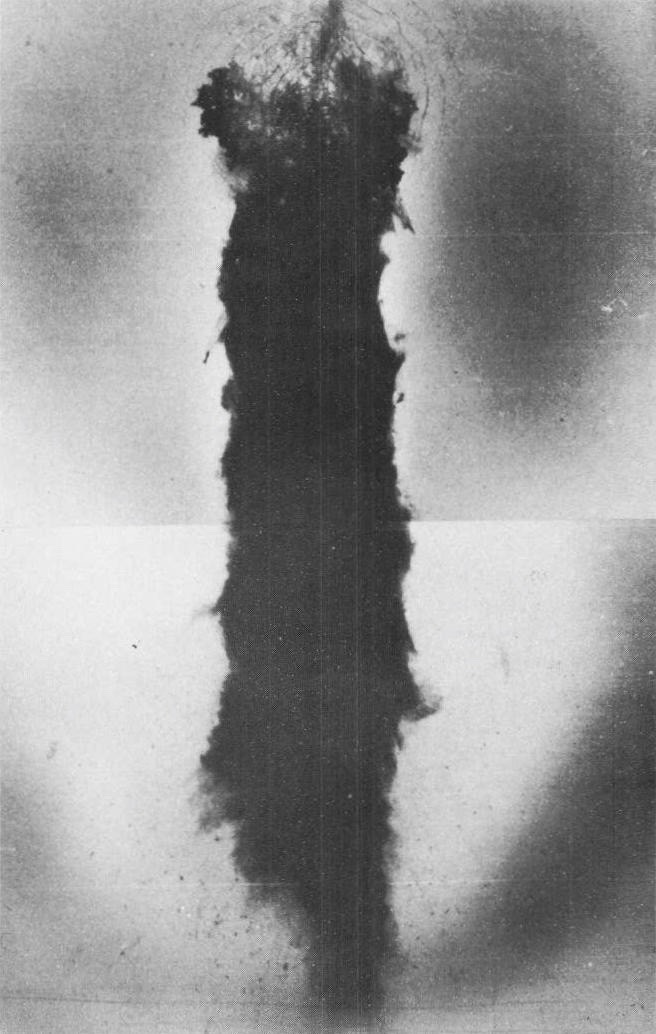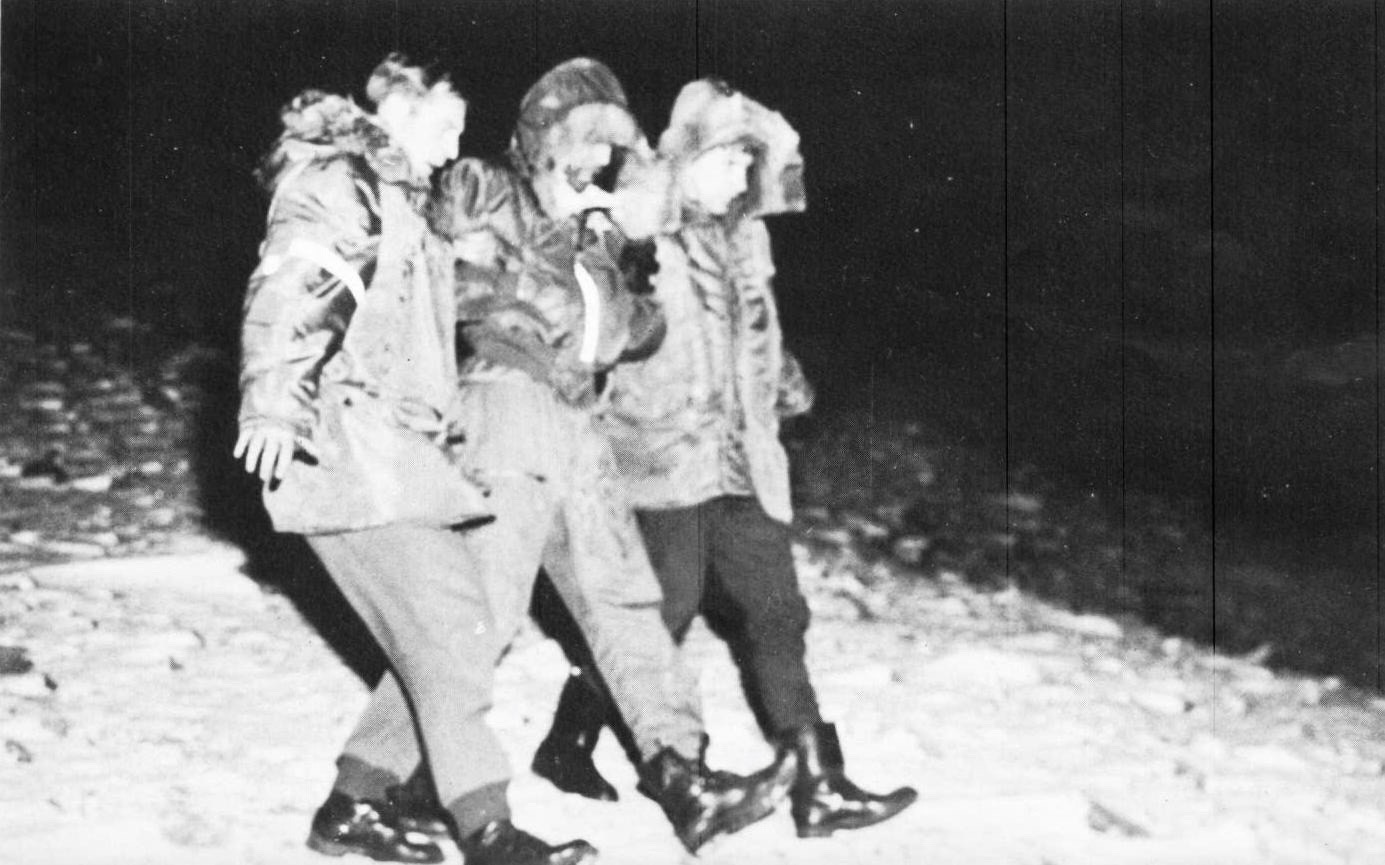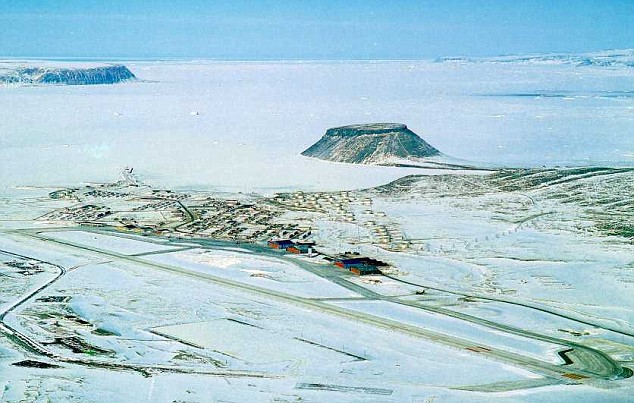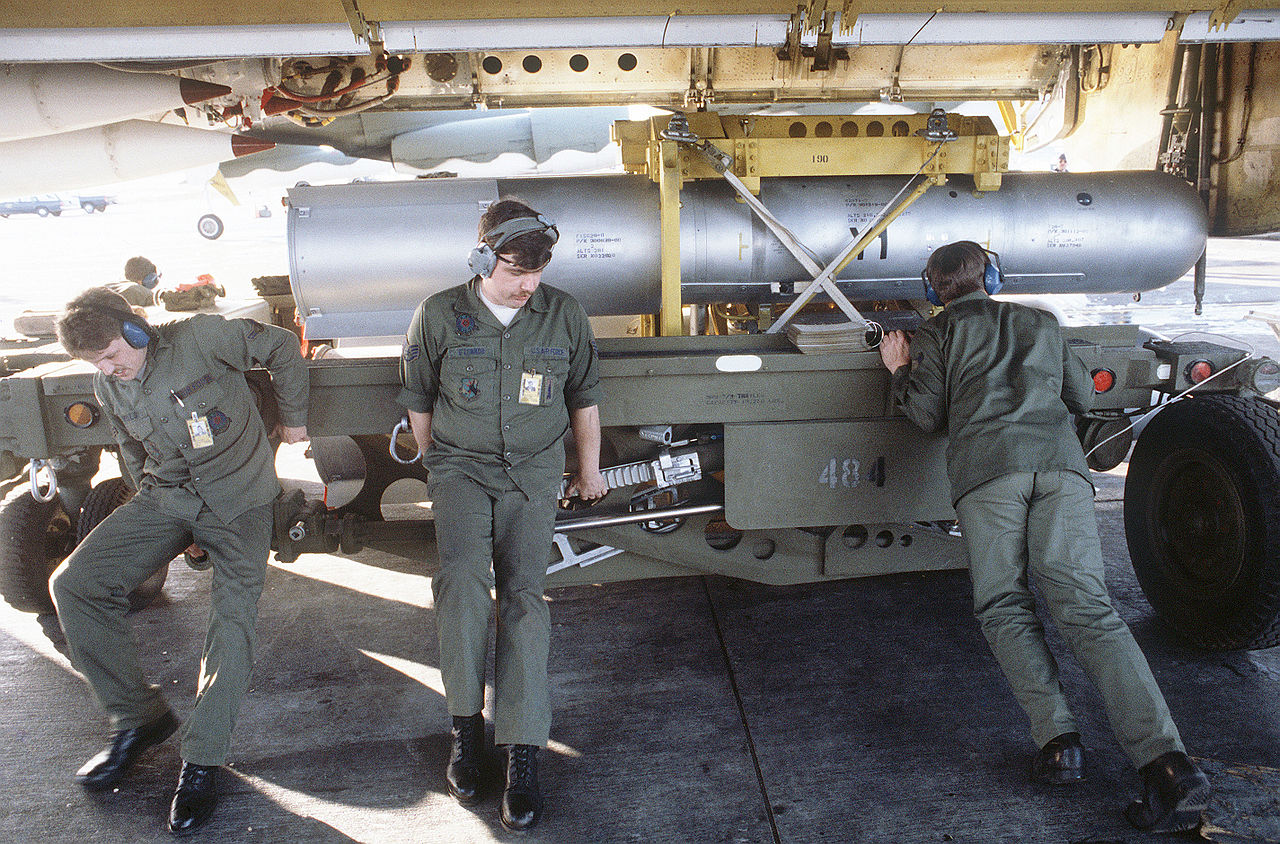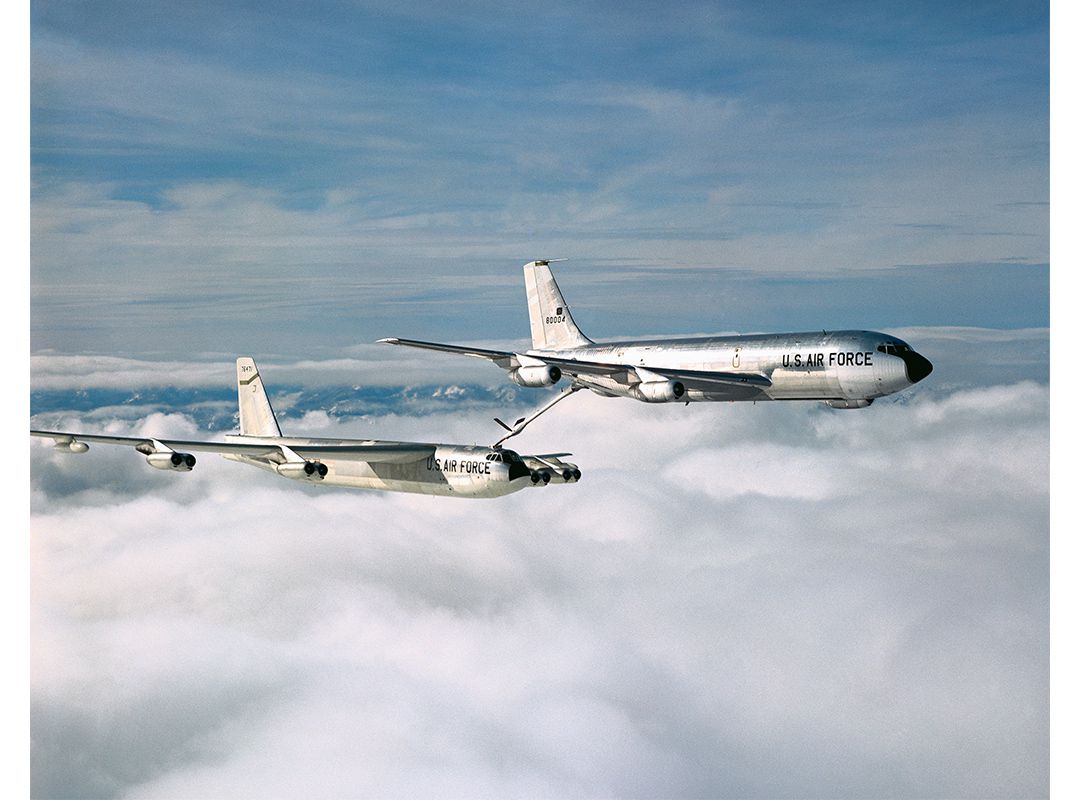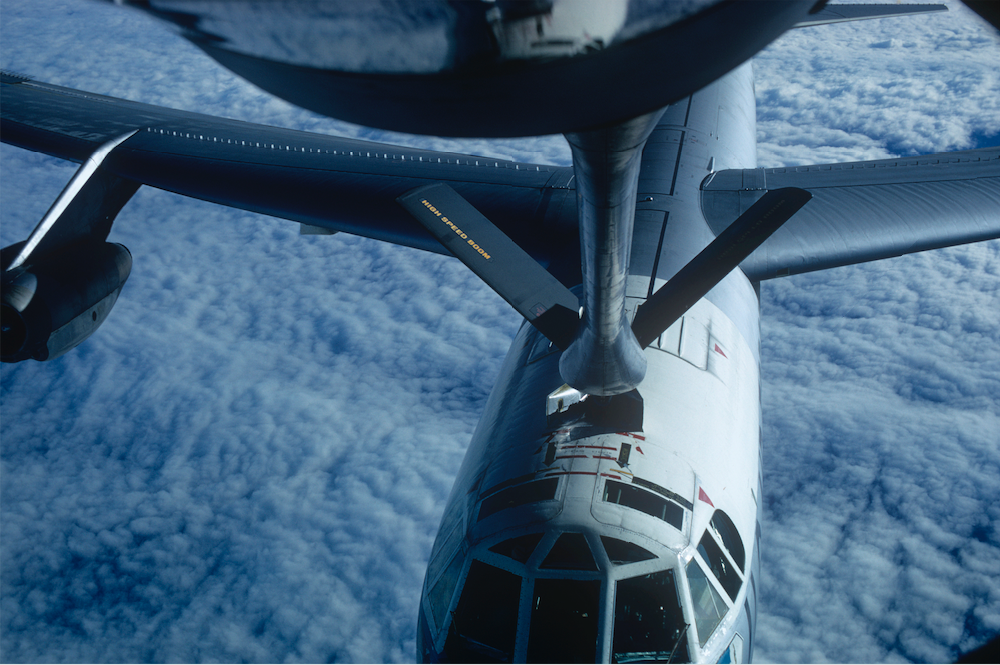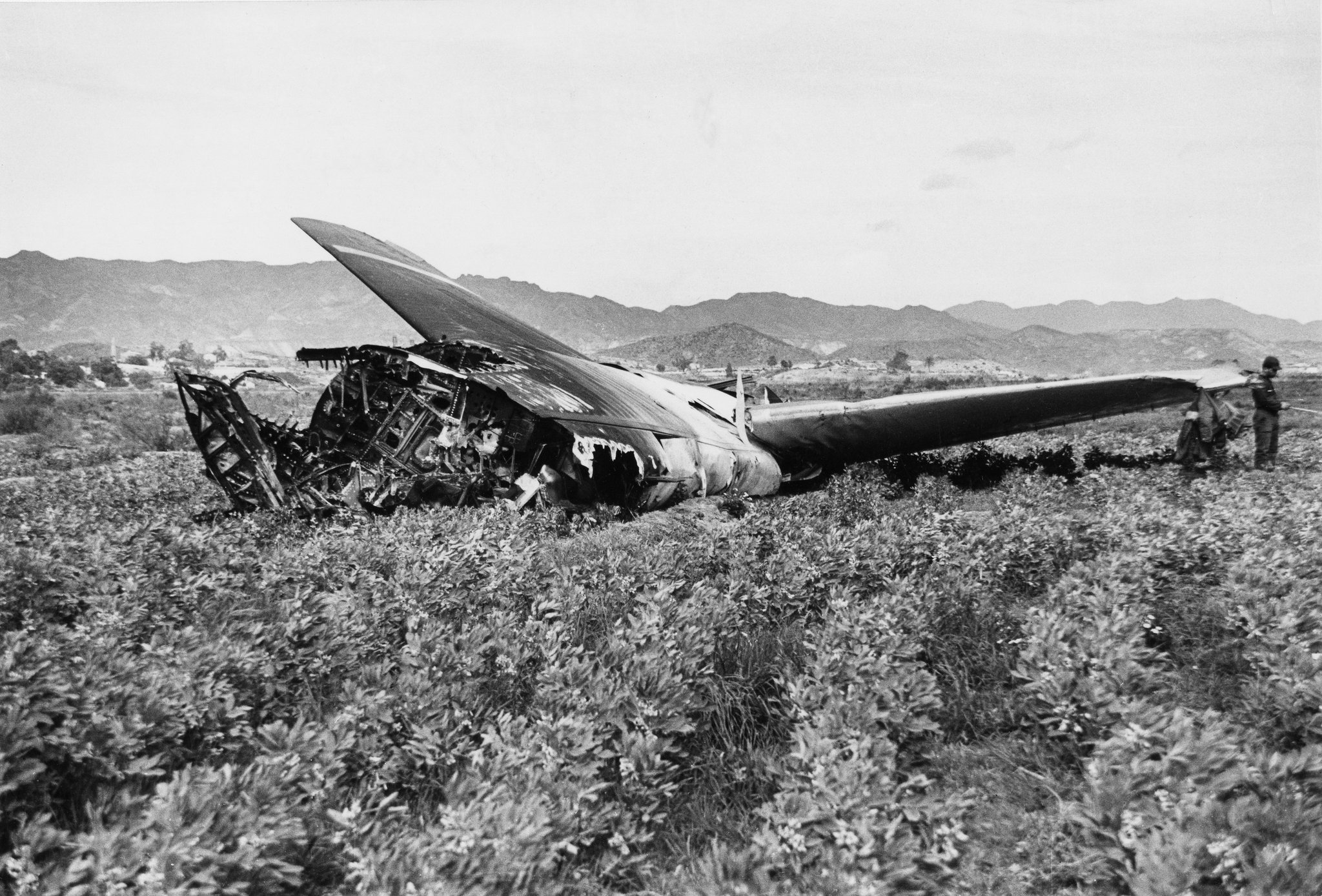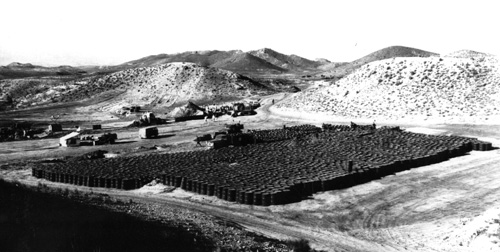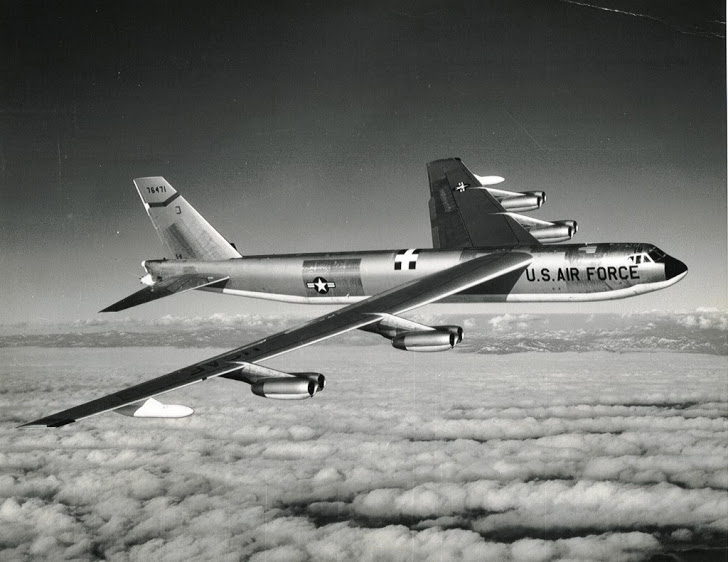
24 January 1961: “Keep 19,” a Boeing B-52G-95-BW Stratofortress, serial number 58-0187, of the 4241st Strategic Wing, was on a 24 hour airborne alert mission off the Atlantic Coast of the United States. The bomber was commanded by Major Walter S. Tulloch, U.S. Air Force, with pilots Captain Richard W. Hardin and First Lieutenant Adam C. Mattocks. Other crewmembers were Major Eugene Shelton, Radar Navigator; Captain Paul E. Brown, Navigator; First Lieutenant William H. Wilson, Electronics Warfare Officer; Major Eugene H Richards, Electronics Warfare Instructor; Technical Sergeant Francis R. Barnish, Gunner. It was armed with two Mark 39 thermonuclear bombs, each with an explosive yield of 3–4 megatons.
The B-52 refueled in flight from an air tanker. The tanker’s crew notified Major Tulloch that the B-52’s right wing was leaking fuel. The leak was severe and more than 5,400 gallons (37,000 pounds/17,000 kilograms) of jet fuel was lost in less than three minutes. The B-52 headed for Seymour Johnson Air Force Base in North Carolina.
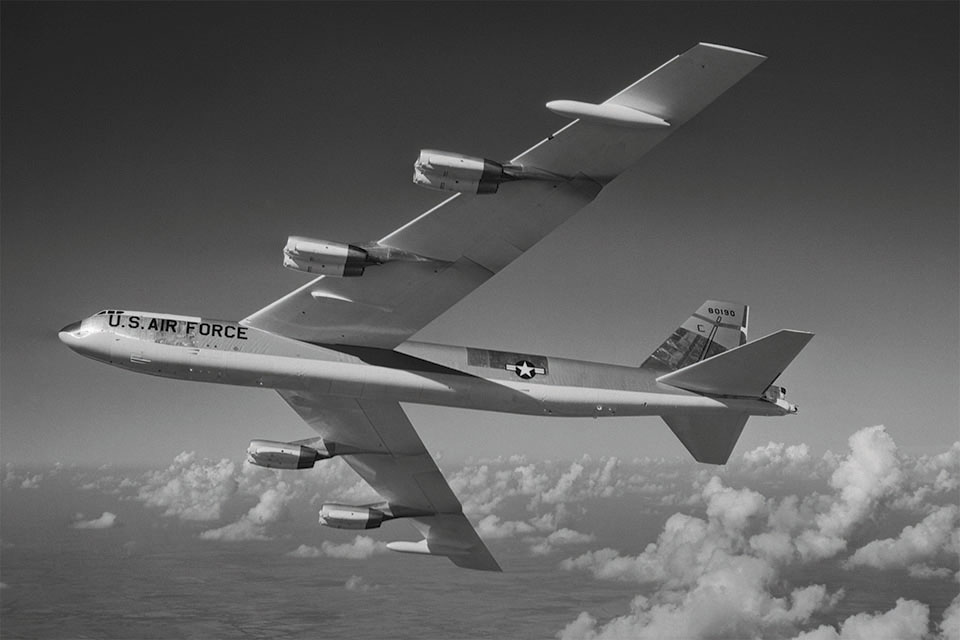
As they descended, the unbalanced condition made the bomber increasingly difficult to control. The bomber went out of control and Major Tulloch ordered the crew to abandon the doomed ship. Five crewmen ejected and one climbed out through the top hatch. (Lieutenant Mattocks is believed to be the only B-52 crewmember to have successfully escaped through the upper hatch.)
58-0187 broke apart and exploded. Its wreckage covered a two square mile (5.2 square kilometers) area. Three crewmen, Majors Shelton and Richards, and Sergeant Barnish, were killed.
As the B-52 broke up, its two Mark 39 bombs fell free of the bomb bay. One buried itself more than 180 feet (55 meters) deep. The other’s parachute retarding system operated properly and it touched down essentially undamaged. It was quickly safed by an explosive ordnance team and hauled away.
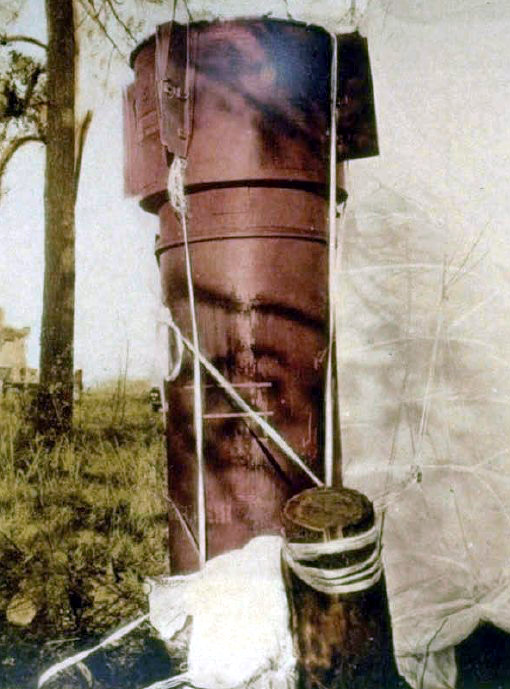
Recovery of the buried bomb was very difficult. After eight days, the ordnance team had recovered most of the bomb, including the 92 detonators and conventional explosive “lenses” of the “primary,” the first stage implosion section. The uranium-235/plutonium-239 “pit”—the very core of the bomb— was recovered on 29 January. The “secondary,” however, was never found.
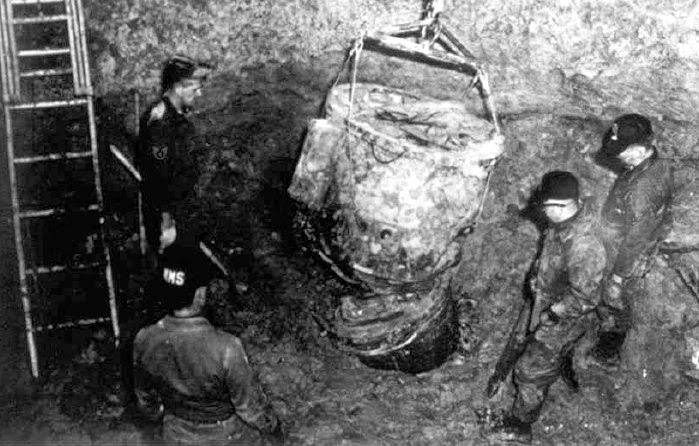
The secondary contains the fusion fuel, but it cannot detonate without the explosion of the primary. Although the secondary remains buried, there is no danger of an explosion.
“During a B-52 airborne alert mission structural failure of the right wing resulted in two weapons separating from the aircraft during aircraft breakup at 2,000 – 10,000 feet altitude. One bomb parachute deployed and the weapon received little impact damage. The other bomb fell free and broke apart upon impact. No explosion occurred. Five of the eight crew members survived. A portion of one weapon, containing uranium, could not be recovered despite excavation in the waterlogged farmland to a depth of 50 feet. The Air Force subsequently purchased an easement requiring permission for anyone to dig there. There is no detectable radiation and no hazard in the area.”
An accident of this type, involving the loss of nuclear weapons is known by the military code name BROKEN ARROW. Though official statements were that there was no danger that either of the bombs could have exploded, others indicate that five of the six steps (or six of seven) required for a thermonuclear detonation did occur. Only the aircraft commander’s arming switch had not been activated.
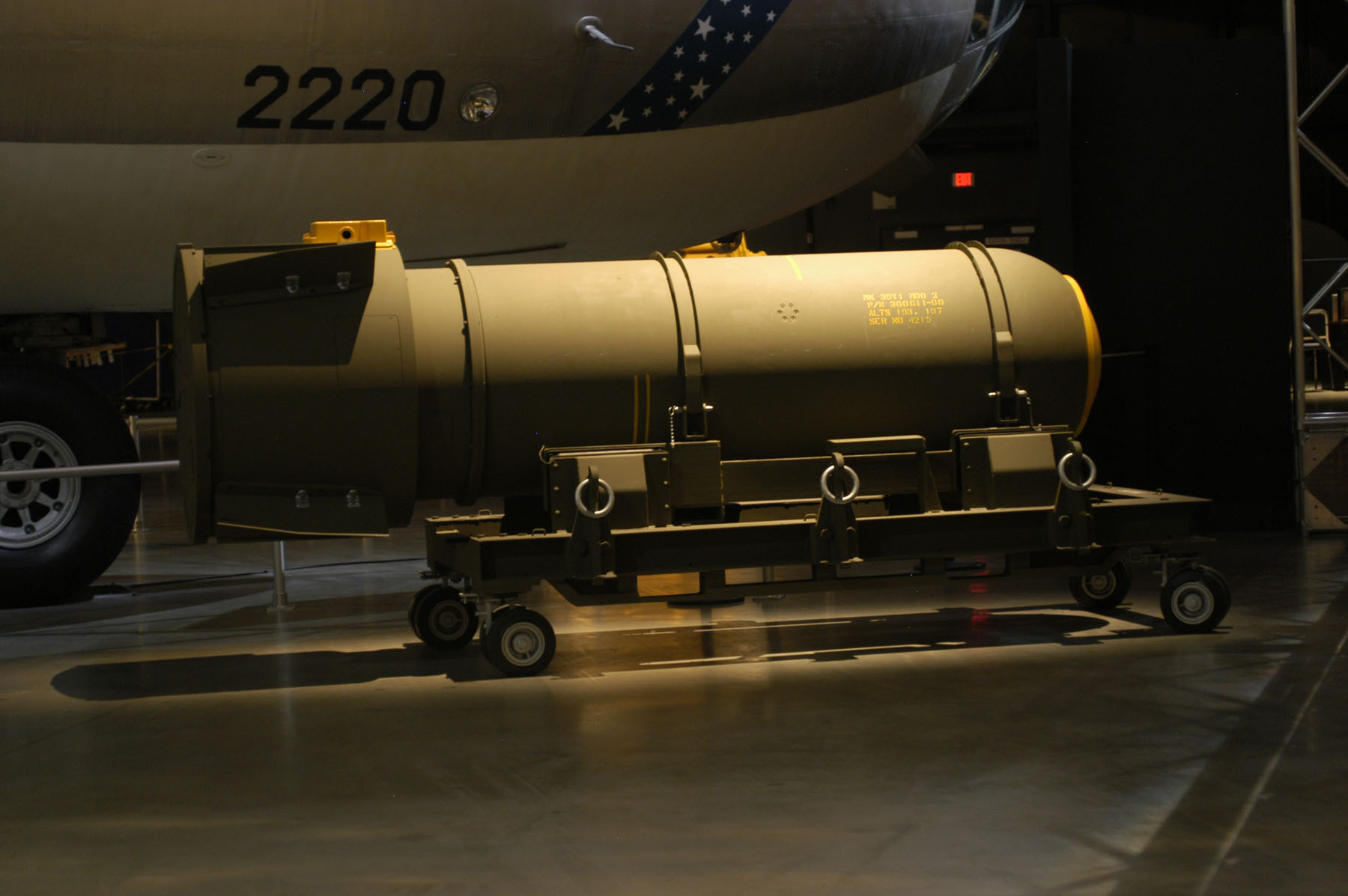
The Mark 39 was a two-stage, radiation-implosion thermonuclear bomb. It was in production from 1957–1959, with more than 700 built. It was fully fused, meaning it could be detonated by contact with the ground, as an air burst, or “lay down”— a series of parachutes would slow the bomb and it would touch down on its target before detonating. This allowed the bomber time to get clear.
The Mark 39 was considered a light weight weapon, weighing 6,500–6,750 pounds (2,950–3,060 kilograms). The bomb’s length was approximately 11 feet, 8 inches (3.556 meters), with a diameter of 2 feet, 11 inches (0.889 meters). The explosive yield of the Mark 39 was 3–4 megatons. (For reference, the 1956 nuclear weapons test at Bikini Atoll, Redwing Cherokee, had a yield of 3.8 megatons.)
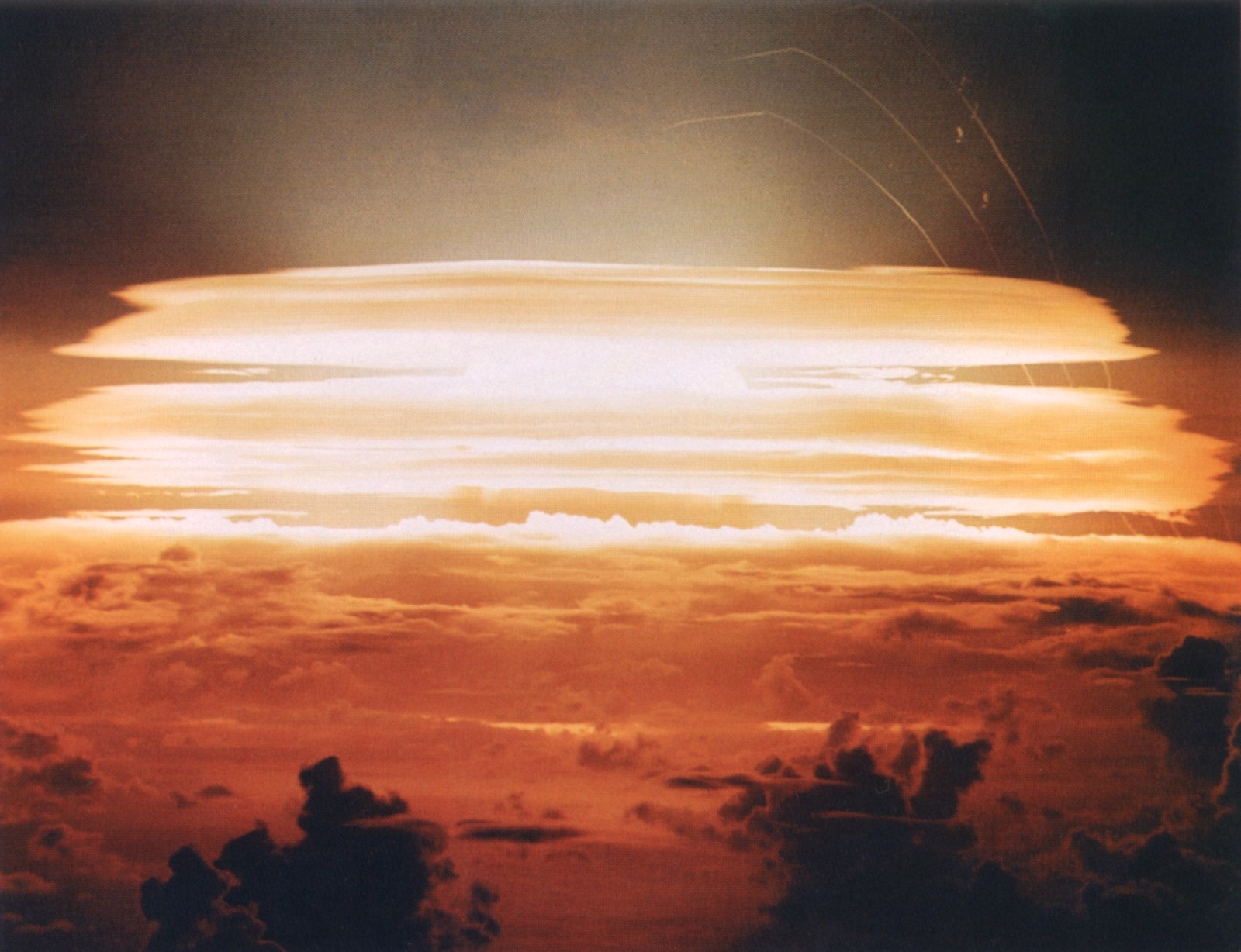
The Mark 39 was withdrawn from service in the mid-1960s and replaced with the more powerful Mk 41.
© 2018, Bryan R. Swopes

